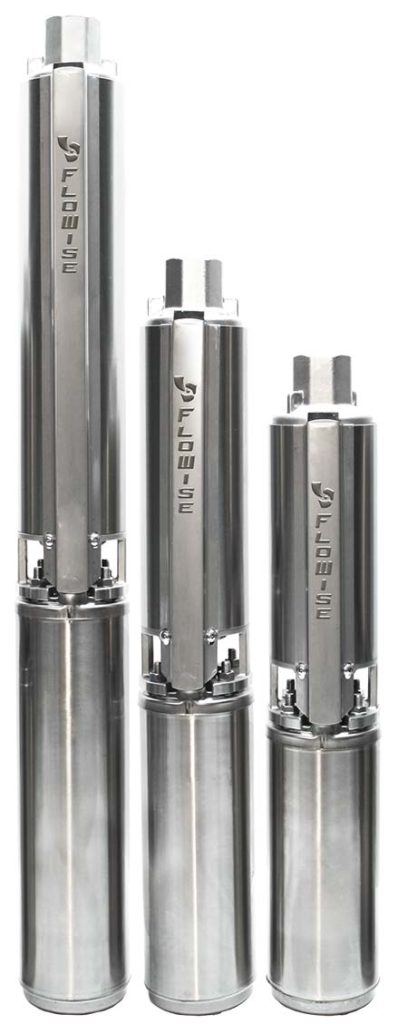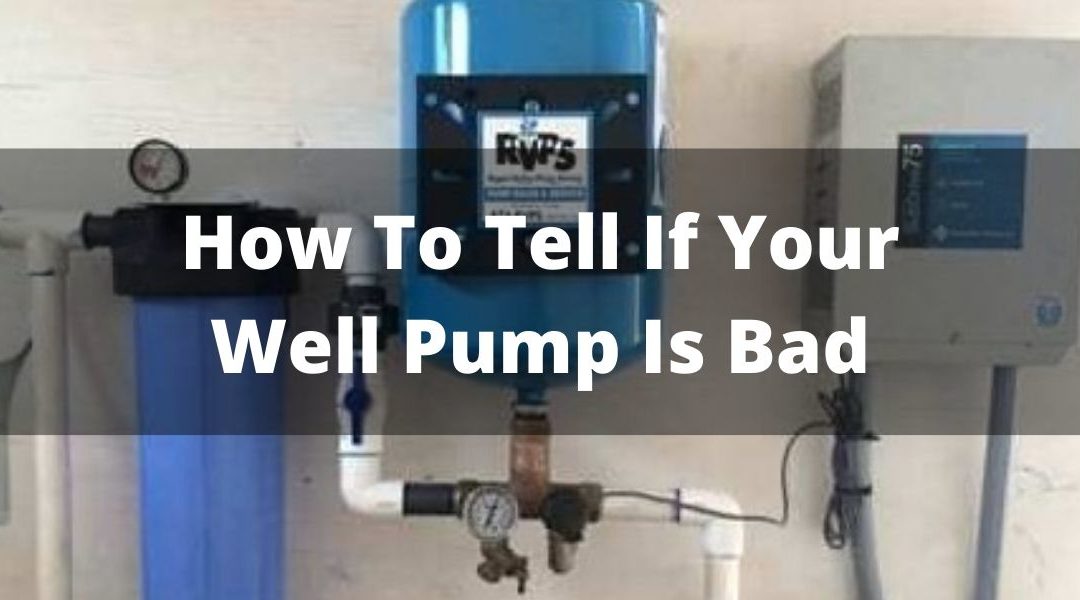 When you have no water at your house, it’s usually easy to track down the issue. For example, your sprinklers aren’t running, your washing machine isn’t filling with water, or maybe there’s no water in the bathtub when you run the faucet. But when you have low water pressure, it can be more challenging to tell if you need to replace your good pump or if your problem is something else entirely. This guide will help you determine whether you need a new well pump and how to replace it correctly to restore your water flow quickly and effectively.
When you have no water at your house, it’s usually easy to track down the issue. For example, your sprinklers aren’t running, your washing machine isn’t filling with water, or maybe there’s no water in the bathtub when you run the faucet. But when you have low water pressure, it can be more challenging to tell if you need to replace your good pump or if your problem is something else entirely. This guide will help you determine whether you need a new well pump and how to replace it correctly to restore your water flow quickly and effectively.
No Water
If you have a low water pressure or no water, your good pump has gone out. These pumps can run anywhere from $300 to $1,000 and even more for larger homes. If you don’t want to pay for a new one, contact us to help you fix yours. If there is no water available in your home, check to see if any of your pipes have burst before calling a plumber. Most lines will be under stress when you first turn on your faucet due to their air. The lack of water should also cause an alert to go off your system’s main panel, which controls it. Check it and make sure everything is operating correctly.
Low Water Pressure
If you’re experiencing low water pressure, it might be time to consider installing a new well pump. And if your home has no water at all, check to see if your old pump is broken. Other signs that you need a new well pump include.
Water leaks can be hazardous because they damage and eventually destroy pipes. Water leaks are often caused by lousy pipe joints and crimps or by weak PVC or corroded copper piping materials. They can be challenging to repair without replacing sections of pipe altogether. On top of water loss, leaky pipes waste precious resources like gas and electricity when used for heating and cooling in a building—and can lead to other expensive repairs such as faulty toilets and foundation problems in your house.
Leaking Pipes
Pipes that continuously drip or leak can waste hundreds of gallons of water every month. This is usually an indication that they are damaged and need to be replaced. A damaged pipe will also require additional energy to force water through it, causing your monthly energy bill to rise. Your system might also display pressure-related problems due to leaky pipes, including flooding in your basement or constantly running faucets and toilets. A quick way to check for leaks is by placing a drop of food coloring into each faucet overnight. If you notice colored water flowing from any fixture in your home, you’ve got a problem.
Rusty Water
If your water has a rusty color, that’s probably not normal. Rusty water could be caused by air trapped in pipes and plumbing to rust in well pumps. The best course of action is to call AW Pump and ask them to check out what’s causing your rusty water problem. If they can fix it, they may want to replace your pump anyway, so you might as well take care of both problems at once. This will save you time and money—and get rid of those awful-looking stains on your sinks.
Pooling Around the Well
If you notice pooling water or discoloration in your yard around your well, it could indicate that your well has been damaged. Pooling water can also indicate an overabundance of groundwater and seepage from faulty piping, which puts undue stress on your pump and suggests something is wrong. If you notice pooling water near your well, contact AW Pump to investigate what is causing it. They will check for leaks and assess if repairs are needed. Contact them today!
Spitting Faucets
How do you know if your well pump is running efficiently? It’s not rocket science. Over time, an inefficient well pump can cause problems like mineral build-up, reduced water pressure, and substandard flow. Here are some telltale signs that could mean you need to replace your current model with a new one. If any of these issues are present in your home, call us today! Our team can help you determine whether it’s time for a replacement well pump. Let us be your local experts when it comes to all things well!
Your Pump Constantly Runs
The most common sign you may need a new well pump is if your pump constantly runs but doesn’t produce enough water to use. A common reason for constant running is an impeller that’s no longer balanced or operating correctly. In some cases, though, worn-out bearings can cause your pump to turn too slowly and run constantly. If your well produces less than 50 gallons per minute (GPM), it could be time for a new well pump. Your Water Pressure Drops: Low water pressure is another sign of needing a new well pump. While low pressure can be caused by many things—including sediment buildup in your pipes—it’s usually related to how much water is being pumped from your well at any given moment. Your home needs about 40-60 PSI of pressure for regular operation; anything lower than 40 PSI indicates that you may need a new well pump.
If you’re not sure where your good problems are originating from, it’s essential to call a professional AW Pump who can help with an emergency repair in Massachusetts. Whether you have an emergency or just want to troubleshoot, we can help restore your water.

